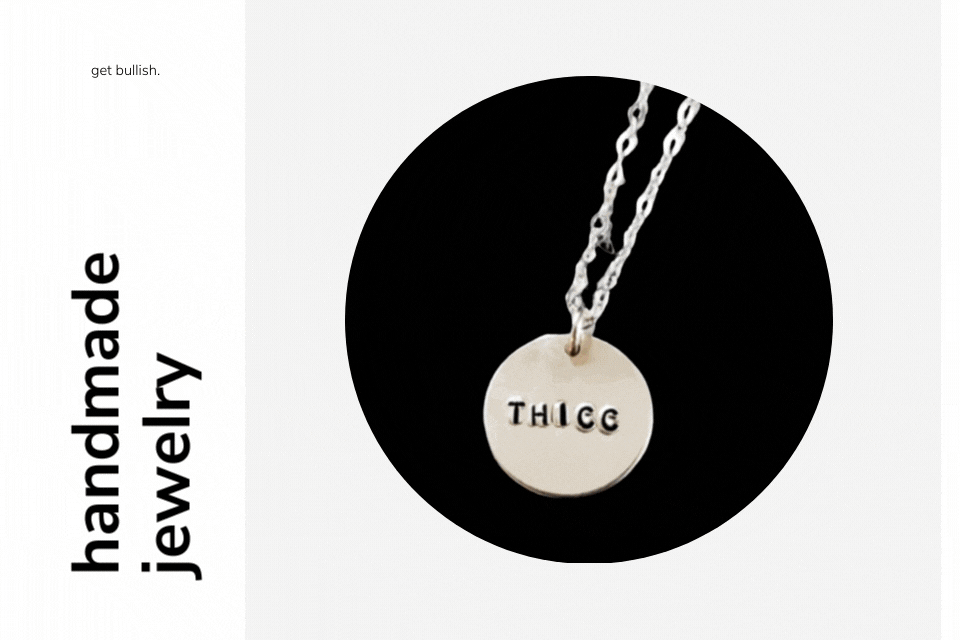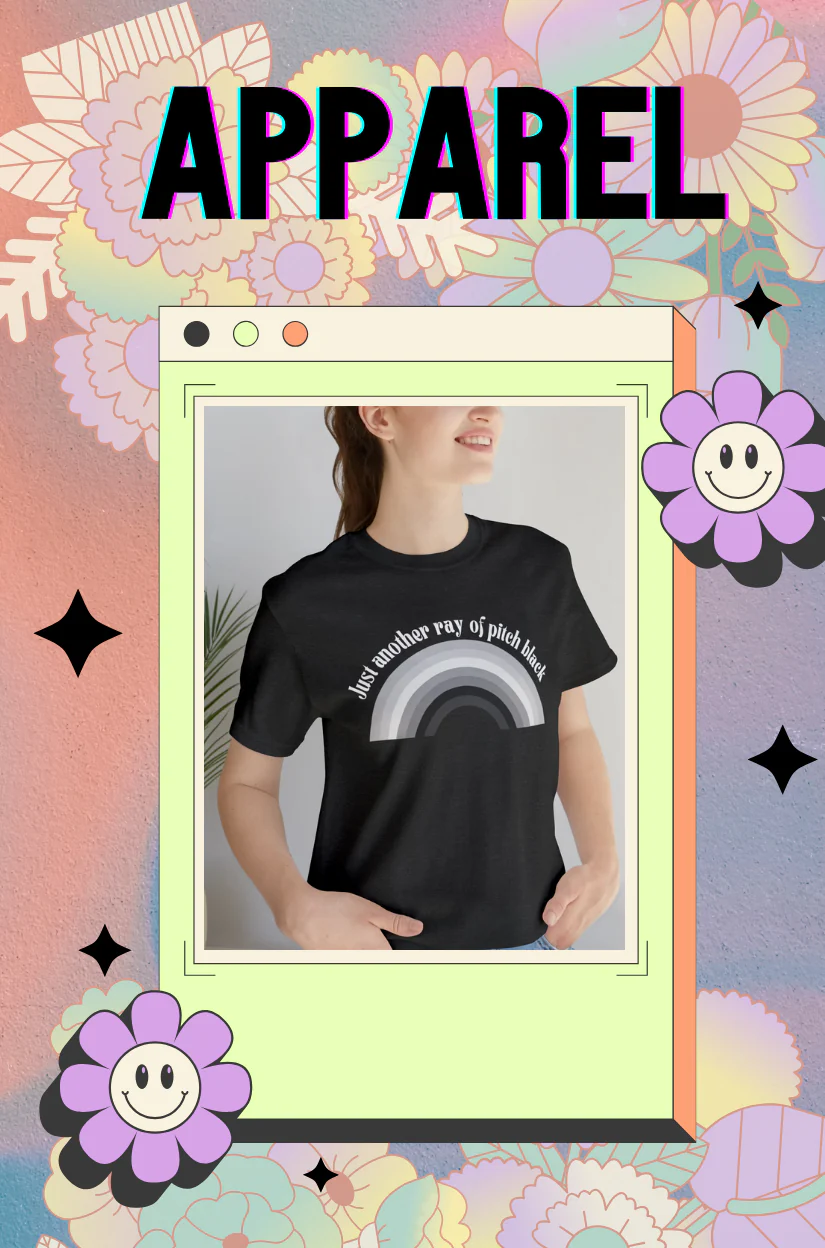
This article is more than ten years old. It originally ran on a now-defunct website called The Grindstone. This post was created entirely by humans, as AI didn’t exist back then (but also: why would you want to read something no one could be bothered to write?) For more recent posts, try here.
Today’s column is for two camps of ladies – those of you wondering how to fund a new business, and those of you whose careers are doing well enough that you’ve got some cash to invest, preferably in an exciting and satisfying way.
I’ve done a ton of research, so today’s part I will cover angel investing, microinvesting, and what it means to be a lady in investing, and next week’s will cover crowdfunding, peer-to-peer lending, microlending, and a few creative alternatives.
First, in case you are already in the 1%, in which case I would admire you for still being the kind of person who reads Bullish….
Angel Investing
If you have over a million dollars or make $200,000 a year for two years with a reasonable expectation of a similar income in the future, you are considered an accredited investor. (I’m assuming this isn’t most of us, of course.)
Accredited investors can become angels, those who invest in a startup (in exchange for equity) before venture capitalists get there. An angel investor typically invests at least $25,000 per deal.
Raising money from angels can be difficult, and is not an option for many slow-growing small businesses. Because of the high risk, angel investors are looking for investments that will return at least ten times the original investment within 5 years (some angels aim for more like a 20-30x return), which requires a defined exit strategy, such as an IPO or acquisition.
If you are looking to found just such a venture, a good place to start is angel investing groups, which tend to have defined processes for entrepreneurs applying for funding. In New York, New York Angels, the New York Investment Network, and Golden Seeds, which focuses on women-founded and women-led startups.

As I’ve often written (here and here, for instance), the first time you start a company, there’s no need to make it into a bigger deal than it needs to be, unless you are determined to go into pharmaceuticals or selling bombers to the government. And if you want to invest, but, you know … less … there are many other options.
Microinvesting
If you are not an accredited investor but are also not an old lady on a pension who is easily bilked out of her Social Security checks by attractive male con artists in their forties, you may be what is considered a sophisticated investor.
If you’re interested in investing in startups but aren’t an accredited investor and can’t swing $25K per investment, Microventures is kind of the only game in town. (GrowVC appears to be doing something similar, but is not a broker-dealer and instead is exempt from US law by operating outside the country.)
The minimums for various deals range from $1,000 to $5,000.
After a bit of research, I signed up for the site, gave all kinds of financial and employment details, and was approved about two weeks later.
Now, this was actually rather exciting, because I gained access to secret deals in which I can invest, but I cannot tell you about!
I spoke to founder and CEO of Microventures Bill Clark who explained a lot of really basic stuff to me (“solicitation” for investment is bad, so you can’t go Tweeting about deals) and answered some questions.

The average investment on the site has been about $6,000, and in later stage companies, $10,000+. (For legal reasons, many offerings are limited to 500 shareholders, so high minimums are needed to raise a larger overall amount.)
The site has newly expanded to about 1,600 investors, and Clark expects to have 4-5 deals going at any given time on the site.
This type of investment opportunity, like angel investing, is high risk and long-term: with a typical startup, you would not expect to get a return for 7-10 years. Also, while many angel investors serve as consultants and actively help the companies they invest in do well, at Microventures, interaction between investors and startups is “very minimal,” although some do make introductions or help in small ways.
Is this for you? What exactly makes an investor “sophisticated”? According to Clark:
While Accredited has the money definition as the only bar you have to cross to invest, with Sophisticated it is a little different. It isn’t about money as much as ability to make your own investment decisions and can risk losing all of your investment.
Microventures might be right for you have money set aside that you are willing to risk and can decide on your own if the company is a good it for your portfolio.
Numbers-wise, that probably means net worth 50K-999K or income 100K-199K (just under the accredited limit).
For those seeking funding: Entrepreneurs pay a $100 fee to pitch to Microventures, which will do criminal background checks, research market size, negotiate valuation and the terms of the offering, and otherwise act as a filter between entrepreneurs and investors. (For the companies under serious consideration, there is another small fee associated with due diligence.)
Clark estimates that 2 of every 50 companies succeed in getting offerings posted on the site.
Clark also points out that raising money for a startup can be a full-time job, and that Microventures can “give the startup their time back” by managing this process. A year ago, the first startup on Microventures raised $100,000 over 3 months, whereas, now that Microventures has more investors, another company reached its funding goals in just 8 days.
Do we need women investors to fund women’s companies?
When I told Clark that this article was going up on TheGrindstone, he commented that Microventures’ investors were approximately 93% men, and that they would like to have more women.
“Why?” I asked. I think men often say things like that just because they feel they’re supposed to. Clark had an interesting reason: he ends up rejecting pitches for products geared towards women, since it can be hard for the largely male investors to see their value. He told a story about a swaddling blanket (you know, for babies) that was objectively superior in every way, but just didn’t make it onto the Microventures platform.

I decided to do a bit of informal lady-polling. First, I figured I might know at least one person who is an accredited investor – my Friend Who Has a Trust Fund. (I wrote in Bullish Life: Actually, We’re All Kind of the 1% about trust funds, how their holders are not necessarily evil, and that money is not inherently good or bad, but merely magnifies the desires of those who hold it.)
I asked her the simple question, “How interested are you in investing in startups?” She replied:
You said “invest in a start-up” and my body literally recoiled as if you’d asked me to set $5,000 on fire. I think people think “invest some money in a start-up” and this glorious vision of Facebook dances in their eyes and they think “no risk, no reward” and don’t realize some of the impossibilities that go with predicting what people will take to. Especially if we’re talking internet start-ups which have a historically high failure rate. If I were to invest in a start-up, I’d want the kind of charts that would all but insure I’d get a return on my investment. And frankly, even then, if it had to do with the Internet (as a lot of ones on an internet platform might) I’d be reluctant.
And, a different view from a young aspiring entrepreneur I know who has a way of using her “student” status to sneak into venture capital conferences:
This subject is definitely something that crosses my mind often not only as I’ve been exploring the tech field, but also any line of work in which I may hope to become a prominent player.
My first question would be this: would having more women investors necessarily equate to more (stereotypically speaking) women-focused products? I’m not so sure about this. If a woman comes onto an investment board through the same training process that values new tech and communication companies as lower risk additions to a given firm’s portfolio, then wouldn’t she also follow a similar mindset to her male counterparts?
I’m not saying this because I believe that a woman has to neuter her gender identity and to comply meekly to a status quo before becoming successful, but I do believe that just because an investor is a woman does not imply that she will be more sympathetic towards woman-focused products (say a woman who had never had a child – adopted or otherwise – was asked to evaluate the swaddling blanket).
One thing I have noticed after lurking around VC firms like Golden Seeds and going to many a “Women in Startups” panels is that “women-focused” products and services based on cultural conceptions of what women should want are not necessarily what women want to invest in, and that women equally search for companies that promise to be viable and useful in the future. The difference, perhaps more crucial, is that these investors can translate those values in evaluating industries that male-dominated VC firms may overlook.
Simply evening out the gender gap means nothing if there is no fundamental change in how the current industry thinks about investment. We need more women as investors not because of our gendered interests or because women are “naturally more open-minded,” but because women constitute an entire half of the available workforce, full of just as much potential as men to innovate and invigorate the mindsets of the existing industry.
Well said!
I have to say that, personally, doing the research for this column also made me realize that I have zero interest in investing in tech companies. Zero! My eyes are glazing over at the thought of technology pushing information to other technology! We live in a world awash in information and in which you can sell people timeshares to monasteries where their phones don’t work.
I have written in Bullish: Screw New Year’s Resolutions – Try Designing Your Career, Bullish: Pre-Internet Productivity Tips for the Young and Sprightly, and in the recent Bullish Life: A Day in the Life about how much I hate staring at screens and instead prize concentration time, solitude, and clarity. I have contempt for the large segment of the population that is devolving into a bunch of clicking monkeys just pressing on things they like.
Of course, I also have no idea what makes a good swaddling blanket, and if I did, I’d probably have a lot less time and money to invest in startups.
If you’re interested in the above topics, you might also enjoy Bullish: Maybe Work-Life Balance Means You Should Work MORE, Bullish: Are You Thinking Too Small?, and Bullish: Cultivating A Career When You Have Too Many Choices.
Read Bullish: Fund Your Business Or Get Started Investing In Startups, Part II.







